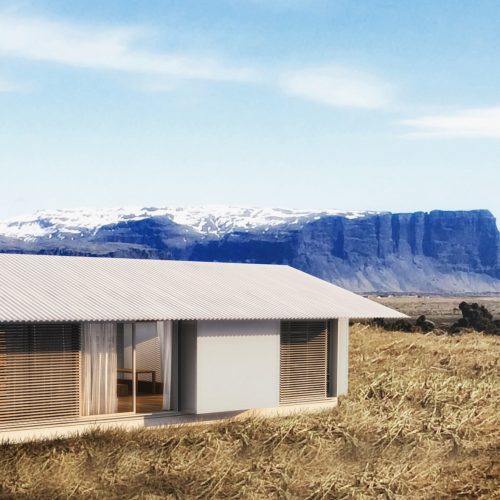The real estate market expects a bright future ahead. So as we enter 2017, the preparation for some changes brought about by global events and market shifts in 2016 becomes imperative.
In 2016, we saw a lot of foreign investors getting into the U.S. real-estate market like the $28.6 billion brought in by Chinese investors. Meanwhile, suburban communities are expected to grow by 80% in the next decade. These factors will provide a lot of economic opportunities in various areas of real estate in the upcoming years: from prefab homes in the suburbs to urban office spaces.
Together with the positive outlook are new trends that are now emerging. Here are five trends you should know about if you want to ride the tide rising in real estate.
1. Incoming Millennial and Baby Boomer Market
Millennials and baby boomers will take up over 60% of buyers in the coming years. The key difference is that more millennials will be first-time homeowners, while most boomers already have experience owning homes. Millennial homeowners are looking to find a place to settle down and start building their lives, whereas baby boomers are keen on moving to suburbs where their adult children and grandchildren probably reside.
Meanwhile, countries facing challenges concerning high rent and housing deficit seek new opportunities to find affordable alternatives to traditional homes such as prefab homes.
2. Rise of designer prefab homes
According to the Urban Land Institute (ULI), the incoming millennial bracket is expected to drive single-family home development. This trend will also influence the demand for single-family prefab homes that meet millennial homeowners’ needs.
And though the ULI has also pointed out the challenge of housing affordability, the affordability of modern prefab homes can offset high prices of traditional homes. This is made possible due to the low cost of materials compared to building a structure from scratch, and the speed at which prefab homes can be assembled.
Governments are also making an effort to promote prefab homes, especially among new homeowners. In the UK, prefab manufacturers will see more financial support from the government to fund manufacturing. If this proves successful, it could encourage other countries to do the same.
3. Smart Cities
Smart homes are listed as one of the Internet of Things (IoT) trends in 2017 but consider the bigger picture: the communities that these homes make up. With more improvements in technology and connectivity, we can see more and more developments in the urban landscape—particularly with smart cities, which are urban centers that use technology such as IoT and other solutions to integrate and improve several aspects of life such as healthcare, transportation, and retail. Singapore, for example, is cited as one of the top smart cities in the world thanks to its transport network. It uses data gathered from around the city to improve traffic conditions for drivers, making it safer and more efficient.
We might also see more government-funded initiatives towards the creation of smart cities, which will surely affect the real estate market in regard to urban development.
4. Location choice
Speaking of cities, 2017 expects a lot of growth for many U.S. cities. Coastal cities like Los Angeles, New York, and San Francisco have been attractive areas for foreign investors looking into buying American real estate. This might seem like competition, but for the incoming local millennial homeowners, there’s a huge possibility for them to look at Midwestern cities where the market is affordable yet full of promising career opportunities.
In Asia Pacific, real estate investors see opportunities with secondary markets in Vietnam and the Philippines due to their strong GDP growth in 2016, which is expected to continue in 2017.
5. Advent of Virtual Reality and Augmented Reality
Augmented reality (AR) has gained a lot of spotlight thanks to the mobile gaming sensation that is Pokémon Go. This technology, along with virtual reality (VR), is being explored by many gaming and entertainment companies. But beyond their recreational value, AR and VR can provide a lot of opportunities for real estate companies and their customers such as virtual home tours and 3D projection through blueprints and floorplans. Take a look at the University of Arkansas, which uses AR to give prospective students a tour of its campus and residence halls. This technology can provide agents the opportunity to show people homes without spending time traveling around. It’s also a great way to envision space by scanning a blueprint and creating a virtual model of the house.
As we begin the new year, get a head start on the possibilities that these trends will bring in 2017. With improving technology and global market shifts on the rise, you can lead the market by taking these things into consideration.




